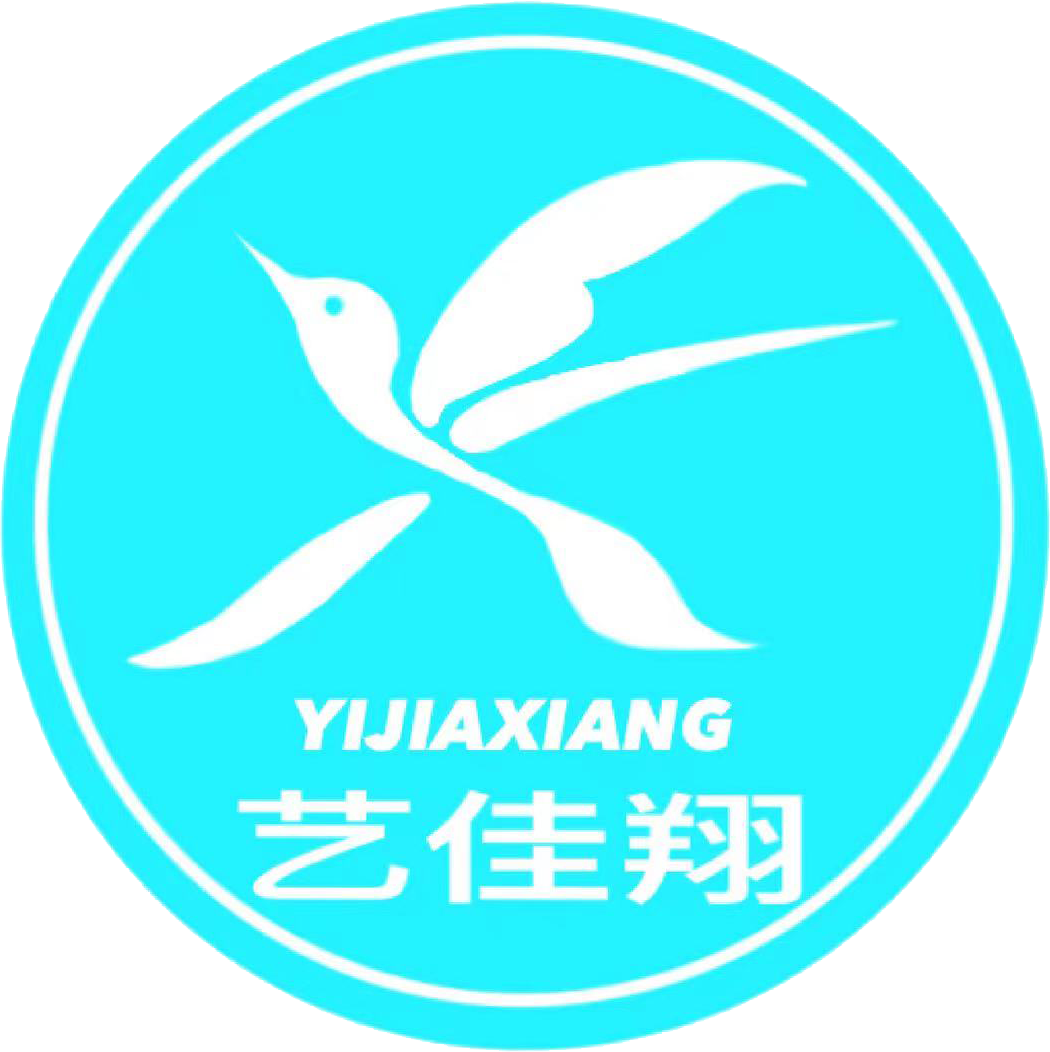20
2025
-
04
Understanding Engraving Print Techniques in Textile Manufacturing
Engraving print, a sophisticated method in textile manufacturing, plays a crucial role in creating distinctive designs and textures on fabric. This process involves the use of engraved plates or rollers to transfer intricate patterns onto textiles, offering a high level of detail and precision that can elevate the aesthetic appeal of various textiles.
One of the most notable advantages of engraving print is its ability to produce intricate designs that are often difficult to achieve through other printing methods. The engraved surfaces allow for fine lines and detailed imagery, which can transform ordinary fabrics into visually striking materials suitable for a variety of applications, from fashion apparel to home textiles. The depth and texture that engraving print can impart not only enhance the visual appeal but also add a tactile dimension to the fabric, making it more engaging to touch and wear.
In addition to the aesthetic benefits, engraving print techniques are also favored for their efficiency in mass production. Once the engraving process is completed, the engraved plates can be used repeatedly, enabling manufacturers to produce large quantities of fabric with consistent quality and design. This reproducibility ensures that businesses can meet consumer demand without compromising on the intricate details that define their fabrics.
Engraving print can be applied to a wide range of materials, including cotton, silk, and synthetic fibers, making it a versatile choice for textile manufacturers. The choice of substrate can influence the final appearance and feel of the printed fabric, allowing designers to experiment with various combinations to achieve unique results.
Moreover, sustainability is becoming an increasingly important consideration in textile production. Engraving print techniques can be adapted to use eco-friendly inks and processes, reducing the environmental impact of fabric production. By using water-based inks and minimizing waste during the engraving process, manufacturers can contribute to a more sustainable textile industry.
In summary, engraving print is a dynamic and creative method that enhances the textile manufacturing process. Its ability to produce intricate designs, efficient mass production capabilities, and potential for sustainable practices makes it a valuable technique in the textile industry. By understanding the nuances of engraving print, professionals in the field can leverage this method to create innovative and appealing textile products that stand out in a competitive market.
One of the most notable advantages of engraving print is its ability to produce intricate designs that are often difficult to achieve through other printing methods. The engraved surfaces allow for fine lines and detailed imagery, which can transform ordinary fabrics into visually striking materials suitable for a variety of applications, from fashion apparel to home textiles. The depth and texture that engraving print can impart not only enhance the visual appeal but also add a tactile dimension to the fabric, making it more engaging to touch and wear.
In addition to the aesthetic benefits, engraving print techniques are also favored for their efficiency in mass production. Once the engraving process is completed, the engraved plates can be used repeatedly, enabling manufacturers to produce large quantities of fabric with consistent quality and design. This reproducibility ensures that businesses can meet consumer demand without compromising on the intricate details that define their fabrics.
Engraving print can be applied to a wide range of materials, including cotton, silk, and synthetic fibers, making it a versatile choice for textile manufacturers. The choice of substrate can influence the final appearance and feel of the printed fabric, allowing designers to experiment with various combinations to achieve unique results.
Moreover, sustainability is becoming an increasingly important consideration in textile production. Engraving print techniques can be adapted to use eco-friendly inks and processes, reducing the environmental impact of fabric production. By using water-based inks and minimizing waste during the engraving process, manufacturers can contribute to a more sustainable textile industry.
In summary, engraving print is a dynamic and creative method that enhances the textile manufacturing process. Its ability to produce intricate designs, efficient mass production capabilities, and potential for sustainable practices makes it a valuable technique in the textile industry. By understanding the nuances of engraving print, professionals in the field can leverage this method to create innovative and appealing textile products that stand out in a competitive market.
engraving print

Telephone:18850529927

Mailbox:87339004@qq.com

Address: Room 401, No. 90 Huliyuan, Tong 'an District, Xiamen City

WeChat QR
Copyright©2023 Xiamen Shunyi Xingyuan Industry and Trade Co., Ltd.SEO Tags

 Language
Language






